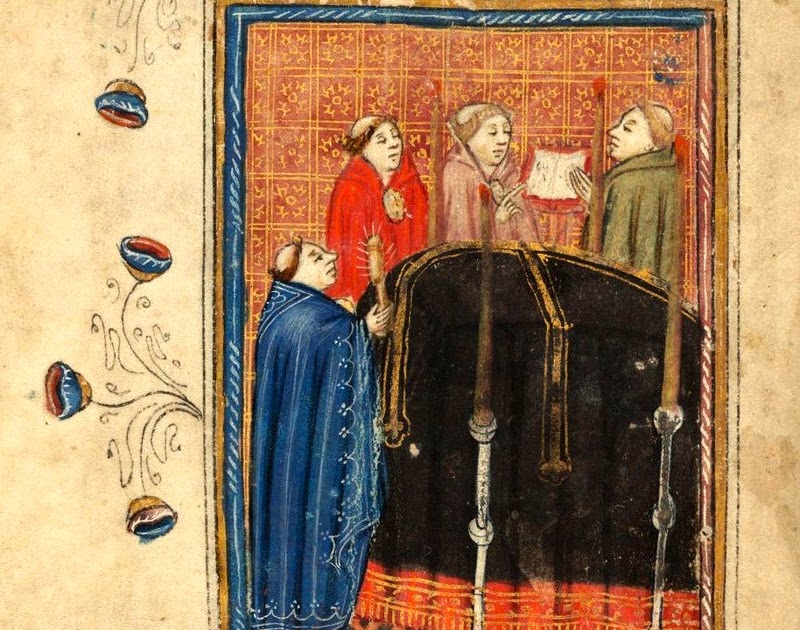- Feb 5, 2002
- 166,616
- 56,253
- Country
- United States
- Faith
- Catholic
- Marital Status
- Married
- Politics
- US-Others
The Council of Trent acknowledged that there were living liturgical traditions, legitimate variations of the Roman Rite, that were worthy of preservation. The Sarum Rite or Use, for one, which inhabited British lands for centuries prior to Trent and for a time continued among recusants during the Tudor persecutions, preserved elements of ancient Christian liturgical custom, east and west, and formed the core of Cranmer's Book of Common Prayer. That legacy, tested and purified, has been returned to the Church in and through the Ordinariate Liturgy.
The Sarum Use was an elaborate variant of the ancient Mass and predates the modestly reformed Mass of the Council of Trent by no less than four centuries. The Ordinariate Mass draws on the ancient Sarum Use Liturgy established by Saint Osmund, Bishop of Salisbury. It is generally accepted that Richard le Poore, Dean of Salisbury from 1198 to 1215 and bishop of the Diocese from 1217 to 1228, was central to the development of the Sarum Use.
Continued below.

 atreasuretobeshared.blogspot.com
atreasuretobeshared.blogspot.com
The means by which the legacy is shared blends the vernacular of ancient English spirituality, brewed in Benedictine monasticism, with the Sarum liturgy that loaned shape and content to the Book of Common Prayer synthesized by Thomas Cranmer, and realizes the insights of the Second Vatican Council.
The Sarum Use was an elaborate variant of the ancient Mass and predates the modestly reformed Mass of the Council of Trent by no less than four centuries. The Ordinariate Mass draws on the ancient Sarum Use Liturgy established by Saint Osmund, Bishop of Salisbury. It is generally accepted that Richard le Poore, Dean of Salisbury from 1198 to 1215 and bishop of the Diocese from 1217 to 1228, was central to the development of the Sarum Use.
Continued below.

A Taste of Sarum: The Blessing of Salt and Water
A Treasure To Be Shared, the occasional blog of an Ordinariate Roman Catholic, celebrates the English Patrimony.
